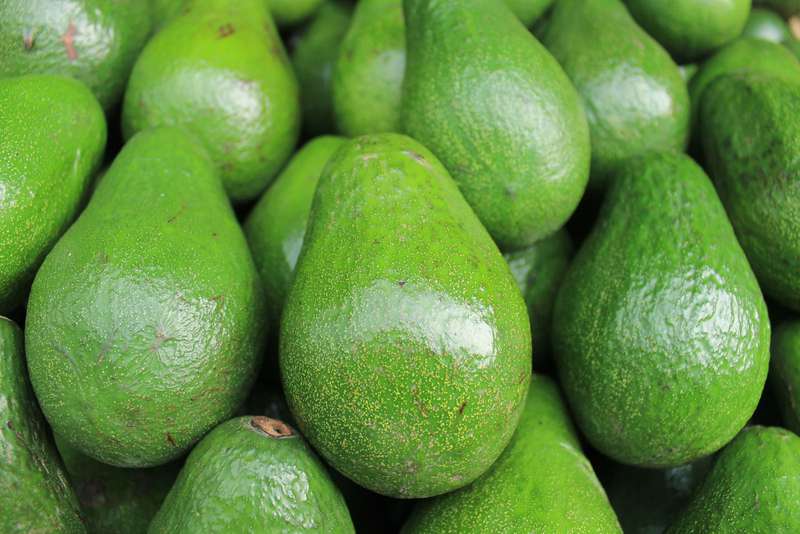A ketogenic diet is a low carb, high fat diet that makes the body burn fat. The perks of a keto diet include weight loss and improved health.
What Does It Mean to Be in “Ketosis” State?
Ketosis is a process that kicks in when the body thinks it needs to be in survival mode due to low food intake. In the process, the body produces ketones. Ketones are created from the breakdown of fats in the liver. Essentially, the state occurs through a minimal carbohydrate diet, pushing your metabolism faster.
Upon initial onset of the ketogenic state, your body will lose remaining glucose. Because of this, there will be symptoms similar to that of illness. It is common to feel generally lethargic, and as well to end up with headaches, mental fogs, dizziness, aggravation, and symptoms similar to that of the flu.
However, these symptoms will alleviate as the body adapts and becomes used to living off fat stores instead of carbohydrates.
What Kind of Foods Should Be Eaten?
With a ketogenic diet, it is easiest to have food planned ahead. This can be done at different paces, depending on how quickly you are looking to enter the ketogenic state. If you keep carbs under 15 grams per day, you will enter the ketogenic state much quicker.
The more common vegetable choices during ketogenic diet include: spinach, romaine lettuce, broccoli florets, cauliflower, kale, and green beans. These have the most minimal net carbs. Cauliflower, kale, and green beans are the highest on the list for net cards, while spinach is the lowest.
 The avocado is a staple in many people's ketogenic diet due to its high fat content.
The avocado is a staple in many people's ketogenic diet due to its high fat content.Ketogenic diet foods that are excellent sources of fat and oil include: avocado, peanut butter, chicken fat, olive oil, and coconut oil. Best protein choices include: fish, eggs, meat, pork, poultry, and macadamia nut butter. Remember that most of the diet relies on protein, so choosing the best sources is key to a healthy, successful diet.
Finally, if you are not consuming enough protein your body will burn muscle. This is often caused by the aforementioned crash diets. If you drop your caloric intake more than 20% below your TDEE, it is difficult to get enough essential amino acids with the protein you eat. Your body needs daily protein to replace and repair muscle cells, even when you don’t lift weights.
Dangers of a Keto Diet
Studies have shown that high fat diets with low carb intake are beneficial for the body. A common misconception is that ketogenic diets are high fat and high carb – but that simply is not the case. If it were, then the diet would be detrimental for the body.
If you do not drink enough water on this diet, you will quickly become dehydrated. Ketosis state causes a diuretic effect. Water intake must be ample in order to avoid serious health issues.
You may initially feel that your body is too weak to keep up at the gym. This seemingly dangerous side effect is short term. Over the long haul, you will have no drop in abilities, and your energy will be more similar through the day.
In general, there are no dangers of a ketogenic diet unless you have preexisting health issues, especially with that of the kidneys.